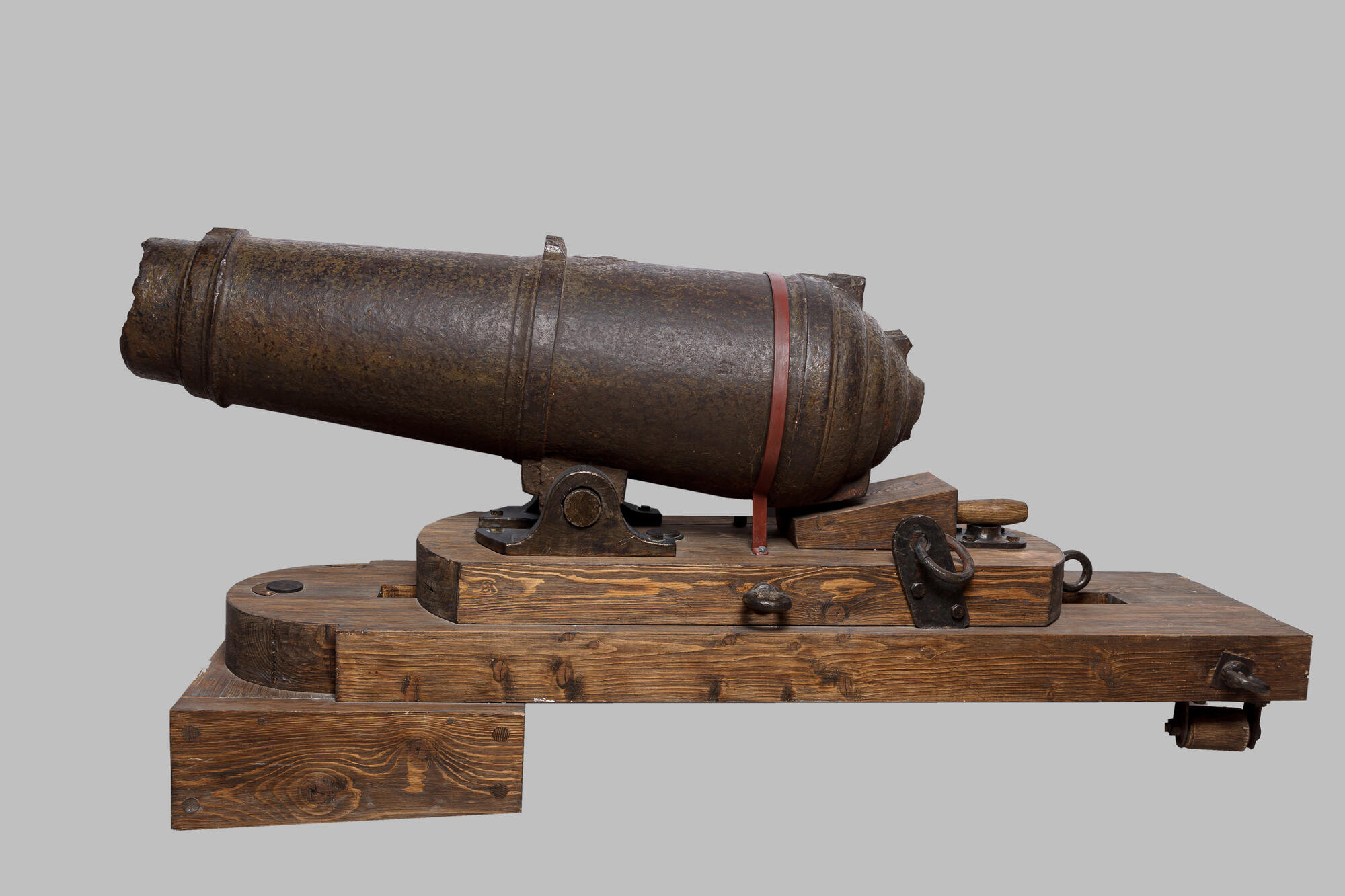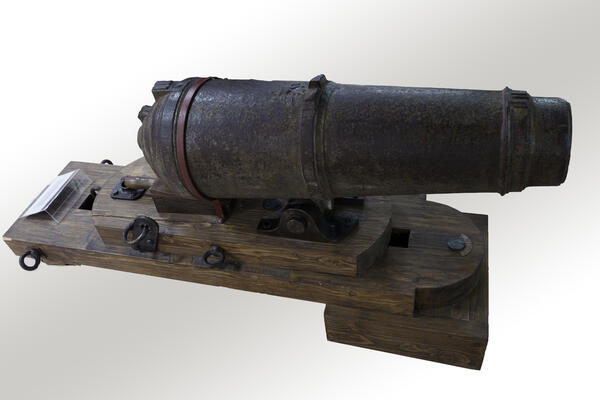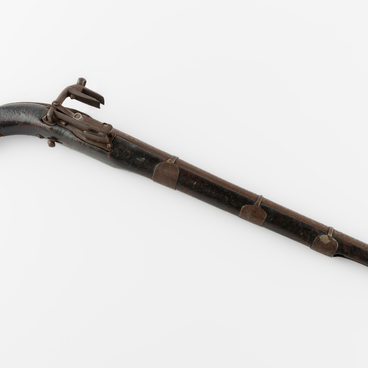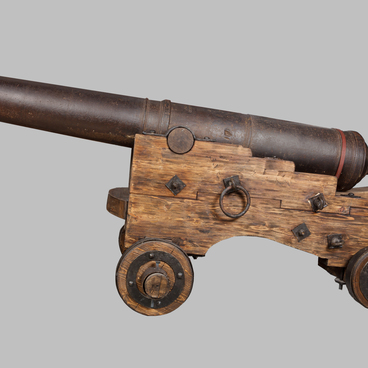Like any weapon, cannons have constantly been improved. They developed in terms of increasing the mass and range of the projectile. The barrel became longer, the projectile diameter — bigger, and the amount of gunpowder used in a cannon ball increased. As a result, the walls of the gun barrel became thicker, and the whole structure became heavier. It became more and more difficult to load the cannon and control it. As a result, the rate and accuracy of fire decreased.
Charles Gascoigne, a Scottish engineer, organized the production of short-barreled thin-walled large-caliber cannons called “carronades” at the Carron Company ironworks. They were intended for firing at close range and were installed mainly on the upper deck. Using carronades at close range resulted in large holes and destruction of the hull of an enemy ship. The effectiveness of carronades impressed the entire Europe. Companions of Catherine II managed to persuade Gascoigne to move to work in Russia. He became the director of the Alexander Cannon Factory in Petrozavodsk. The Black Sea Russian fleet came from the Baltic and was armed the cannons produced in Petrozavodsk.
The 12-pounder carronade that is on display in museum is cast iron. This model was made in 1838 and has a barrel diameter of 120 mm. The cannon was found in May 1961 during planning a site for a pioneer camp in the village of Krinitsa on the territory of the former Novotroitsk fortification, founded in 1837.
The carronade has a relatively small weight for its caliber and fires heavy cannonballs over a short distance at a low speed — about 250 meters per second. The reason for the short range was the relatively small powder charge, which resulted in the low muzzle velocity. Nevertheless, carronades have the following advantages: a significantly higher rate of fire, relatively low recoil, low weight, fewer people to service the cannon, and low production costs in comparison to conventional weapons of the same caliber. In the conditions of naval combat of the late 17th — early 19th centuries, the minimum distance was most often used. Taking this into account, there were more advantages than disadvantages in terms of using a carronade.
Charles Gascoigne, a Scottish engineer, organized the production of short-barreled thin-walled large-caliber cannons called “carronades” at the Carron Company ironworks. They were intended for firing at close range and were installed mainly on the upper deck. Using carronades at close range resulted in large holes and destruction of the hull of an enemy ship. The effectiveness of carronades impressed the entire Europe. Companions of Catherine II managed to persuade Gascoigne to move to work in Russia. He became the director of the Alexander Cannon Factory in Petrozavodsk. The Black Sea Russian fleet came from the Baltic and was armed the cannons produced in Petrozavodsk.
The 12-pounder carronade that is on display in museum is cast iron. This model was made in 1838 and has a barrel diameter of 120 mm. The cannon was found in May 1961 during planning a site for a pioneer camp in the village of Krinitsa on the territory of the former Novotroitsk fortification, founded in 1837.
The carronade has a relatively small weight for its caliber and fires heavy cannonballs over a short distance at a low speed — about 250 meters per second. The reason for the short range was the relatively small powder charge, which resulted in the low muzzle velocity. Nevertheless, carronades have the following advantages: a significantly higher rate of fire, relatively low recoil, low weight, fewer people to service the cannon, and low production costs in comparison to conventional weapons of the same caliber. In the conditions of naval combat of the late 17th — early 19th centuries, the minimum distance was most often used. Taking this into account, there were more advantages than disadvantages in terms of using a carronade.




